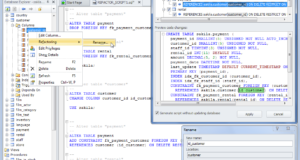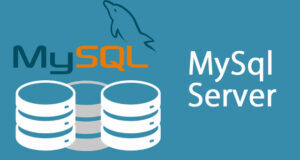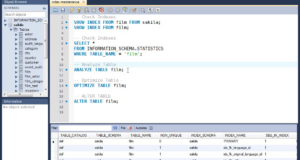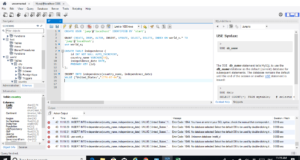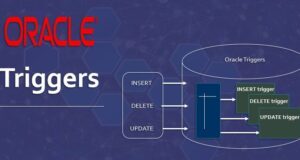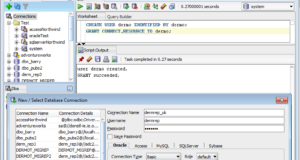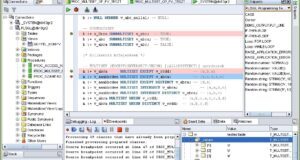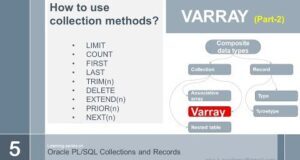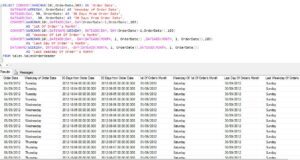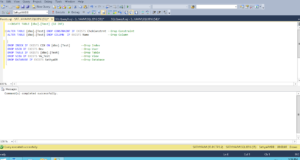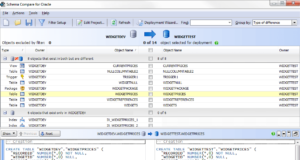Tag: SQL
The RENAME USER statement is used to rename a user in a MySQL database. Syntax of RENAME USER statement in MySQL RENAME USER user_name TO new_name; Parameters and arguments of the...
The SET PASSWORD statement is used to change a user password in a MySQL database. Syntax to change the password with the SET PASSWORD statement in MySQL SET PASSWORD [ FOR user_name ] = SET...
MySQL Server supports the validate-config option, which allows checking the startup configuration for problems without starting the server in normal operation mode:If no errors are found,...
MySQL indexes: Starting with MySQL 5.7, you can create indexes for expressions, or functional indexes using the generated columns. Basically you need to first use the generated column to define a...
The DROP USER statement is used to delete a user from a MySQL database. Syntax of DROP USER statement in MySQL DROP USER user_name; Options and arguments of the statementuser_name - the...
The CREATE USER statement creates a database account that allows you to log into a MySQL database. Syntax for CREATE USER statement in MySQL CREATE USER user_name IDENTIFIED BY [ PASSWORD ]...
Oracle PL/SQL is a combination of SQL, along with the procedural features of programming languages. It was developed by Oracle Corporation in the early 90's to extend the capabilities of...
A trigger is a named PL/SQL module that is stored in a database and can be invoked again. You can enable and disable a trigger, but you cannot explicitly call it.When the Trigger is enabled,...
In Oracle PL/SQL, an operation on SET collections returns a collection with distinct (i.e. a collection without takes). SET syntax in Oracle PL/SQL SET (nt) Parameters and arguments of the...
In Oracle PL/SQL, the MULTISET UNION collection operation returns the merging of two collections MULTISET UNION syntax in Oracle PL/SQL nt1 MULTISET UNION nt2 Collection parameters and...
In Oracle PL/SQL, the PRIOR and NEXT methods are functions that allow you to move back and forth in the collection (ignoring the deleted items even if DELETE stores fillers for them). These...
In Oracle PL/SQL, the LIMIT method is a function that returns the maximum number of elements that a collection can have. If the collection does not have the maximum number of elements, LIMIT...
In Oracle PL/SQL, the COUNT method is a function that returns the number of items in a collection (ignoring the deleted items even if DELETE stores fillers for them). Syntax of COUNT collection...
In Oracle PL/SQL the FIRST and LAST methods are functions. If there is at least one element in the collection, FIRST and LAST return the indexes of the first and last element respectively...
In Oracle PL/SQL, the EXISTS method is a function that tells you if a specified Varray or Nested Tables element exists. Syntax of the EXISTS method in Oracle PL/SQL collection_name.EXISTS...
In Oracle PL/SQL, the EXTEND method is a procedure that adds elements to the end of Varray or Nested Tables. The collection can be empty, but not NULL. Syntax of EXTEND method in Oracle...

